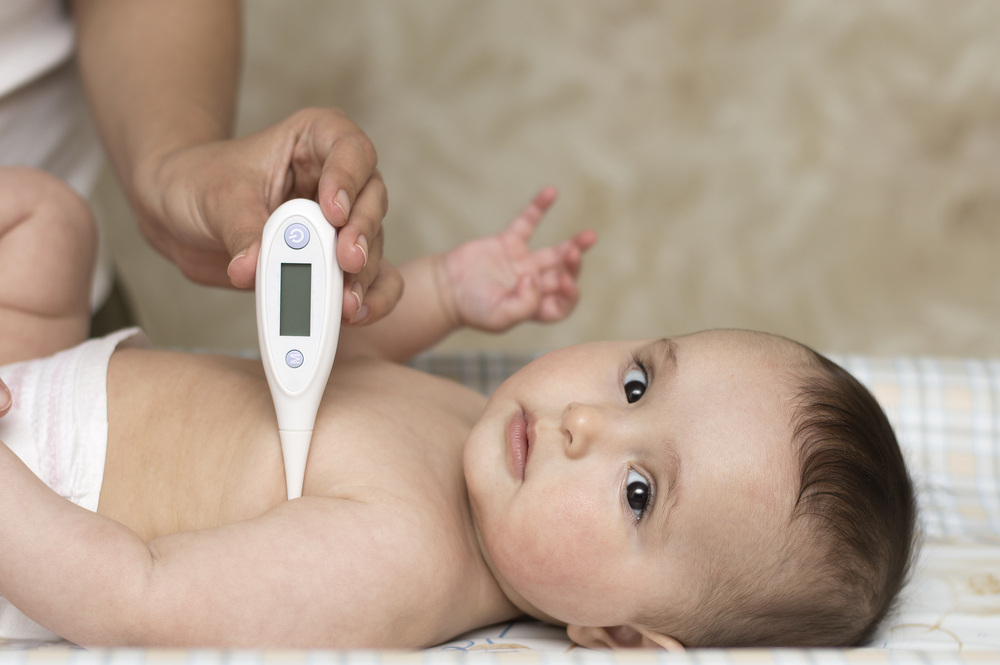
Build a baby emergency safety kit
With a newborn on the way, you likely have all the essentials at the ready. The crib is assembled, the car seat installed, and diapers are stacked all neat in a row. But what about the little items that no one talks about?
To ensure baby has his or her safest start–and you have the greatest peace of mind possible–keep this health and safety gear on hand. Everything listed below can help you and baby weather many a minor illness.
Our list of key items for your baby emergency safety kit:
Nasal syringe: This small rubber bulb may be provided by your hospital after baby’s birth. Keep this handy to help clear your little one’s nose and help him or her breathe easier.
Humidifier: Keep the air in the nursery moist and comfortable with a cool mist humidifier. Especially important during the winter months, a humidifier can offer soothing relief from dry air. Always remember to empty and clean your humidifier regularly to ensure you’re not introducing anything harmful into baby’s room.
Thermometer: A fever has the potential to be dangerous for newborns and infants. Make sure your little one’s temperature is in the normal range by keeping a thermometer at the ready. There are plenty of types available these days, ranging from rectal varieties to those meant for ears and foreheads.
Pain medication: Tylenol may save the day when your baby begins teething. Check with your pediatrician to ensure proper dosage and always make sure you have the green light from the doctor before you administer meds to your newborn.
Zinc oxide cream:
Don’t underestimate the power of a diaper rash to ruin a good night’s sleep. Save your little one’s bottom by always keeping a zinc oxide diaper cream on hand. We’re partial to Burt’s Bees, but any brand will do. Apply a thin layer to your baby’s diaper area at the first sign of rash or redness.
As you stock your newborn’s nursery, add these items to your shopping list. Having a small kit of emergency essentials will help you and your little one through some otherwise uncomfortable situations.
You may also want to read our article on creating a disaster preparedness kit for babies and little kids.


Leave a Reply